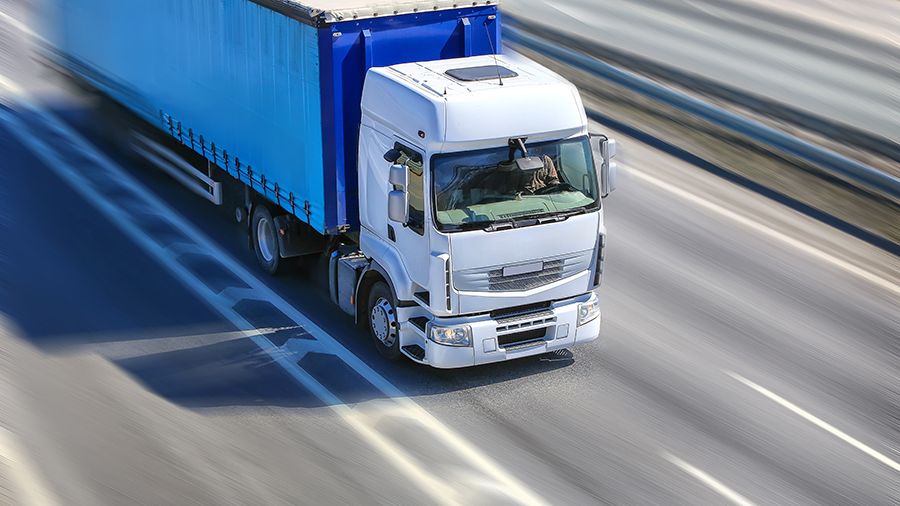
Freight emissions: Large gap between commitments and reductions
Freight transport causes significant CO2-emissions. Compared to passenger cars, where policy measures aimed at reducing emissions have started to show effect, this is much less the case for freight transport
– For on-road freight transport all Nordic countries face sizable emission reduction gaps compared to their 2030 climate commitments. This report finds that a strong trend change is required, says Daniel Ruben Pinchasik, TØI, project leader of the study “Reducing CO2 emissions from freight”, financed by the Nordic Council of ministers that is performed partly with other colleagues in Shift.
The study also shows that measures such as aiming for a reduced transport demand, modal shift or increasing vehicle utilization levels only have a relatively limited CO2-reduction potential. It is therefore important to take measures that support technological change and lower-carbon fuels.
Although there are differences between the Nordic countries, better insights in the cost-effectiveness of policies and greater cross-border coordination may benefit policy effectiveness, the authors conclude.
– We have seen a lack of in-depth evaluation of implemented policy measures for freight transport in all Nordic countries. We want to emphasize the importance of conducting these evaluations which allows us to improve policymaking and learn from both good as well as bad examples, says co-author Anna Mellin, IVL Swedish Environmental Research Institute.
Participating in the study is also Shift researcher Inger Beate Hovi, TØI.